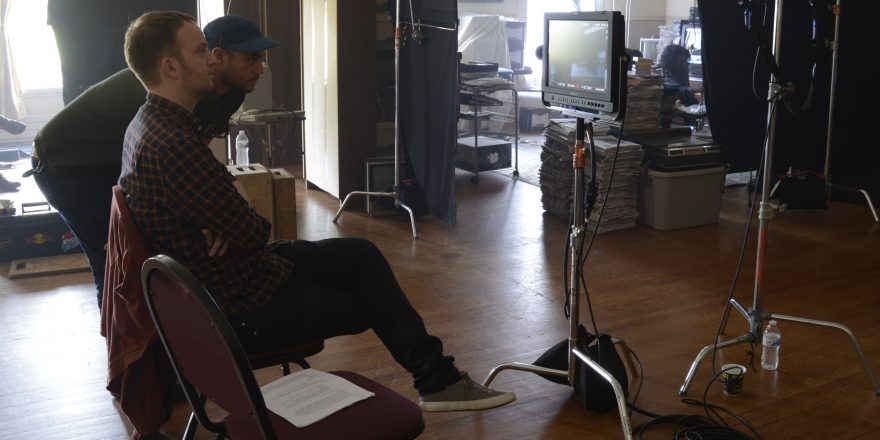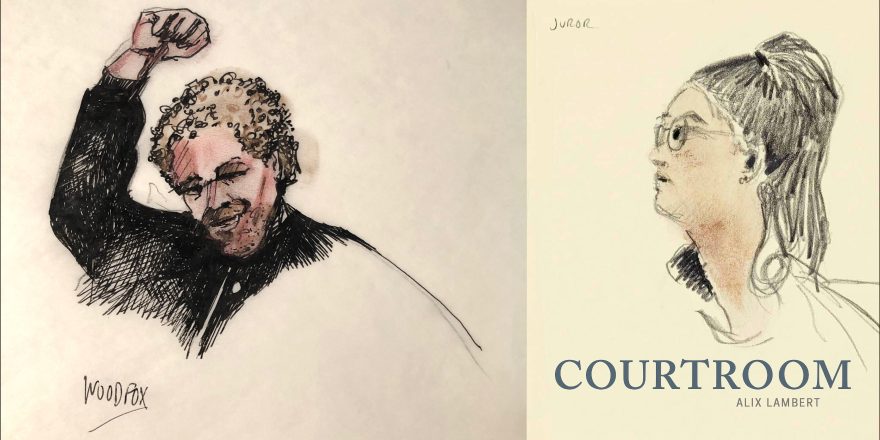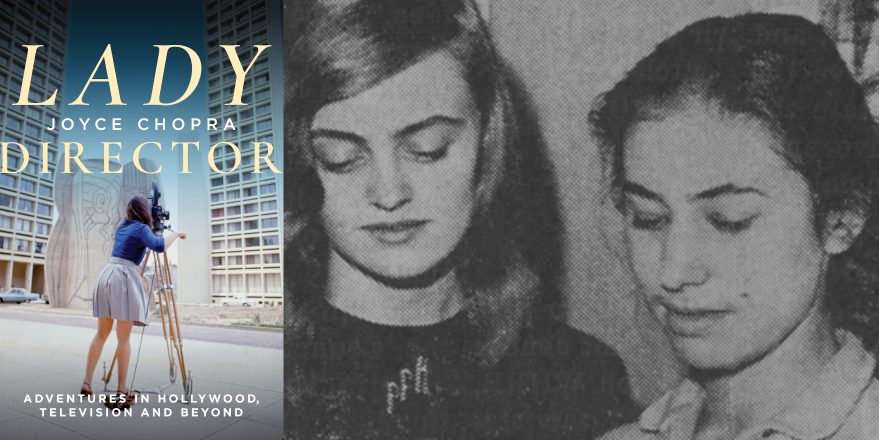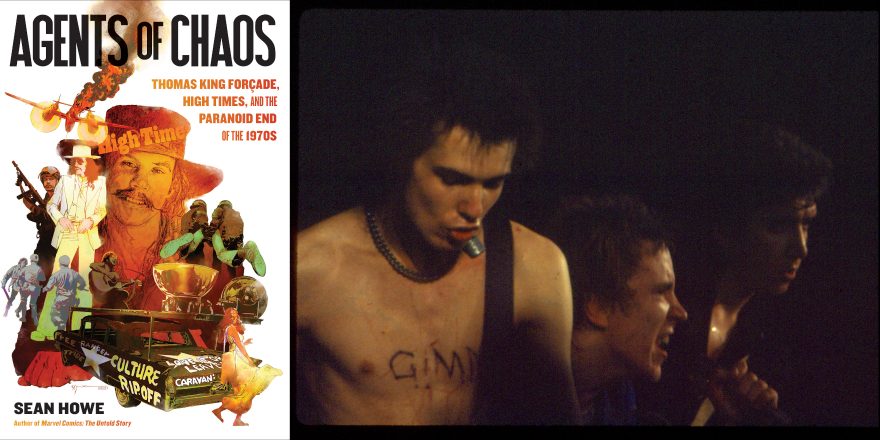The following is taken from Input, the new book from filmmaker Matt Wolf that collects together hundreds of stills he pulled from VHS tapes while making his documentary Recorder: The Marion Stokes Project, about the activist who recorded television 24 hours a day for 30 years on more than 70,000 tapes. The book is being launched at a special screening at Metrograph in New York on November 19, and a retrospective of Wolf’s work is also being showcased this month on the Criterion Channel. The excerpt below is reprinted here with permission; all rights are reserved. – N.D.
“Do you think all people have some kind of subconscious desire to probe the future?”
— Marion Stokes
It’s 1969, and Marion Stokes, a petite black woman in a peacoat dress, is smoking a cigarette on her local Philadelphia talk show, Input. She co-hosts this weekly televised consciousness-raising session, and today she’s in conversation with a palmist/graphologist, a Black Power activist, an Episcopal priest, and a tarot-reading telepathist. The episode’s title and theme: The Anatomy of the Unknown. Part 1 – The Future.
Marion was an unlikely futurist. A Communist and a single mother, she was fired from her job at the Philadelphia Free Library after attempting to defect to Cuba. Several years later, she walked into Wellsprings, a local community center, looking for clerical work, and before long was the co-producer of the organization’s television series, Input, along with the show’s founder – and her future husband – John Stokes.
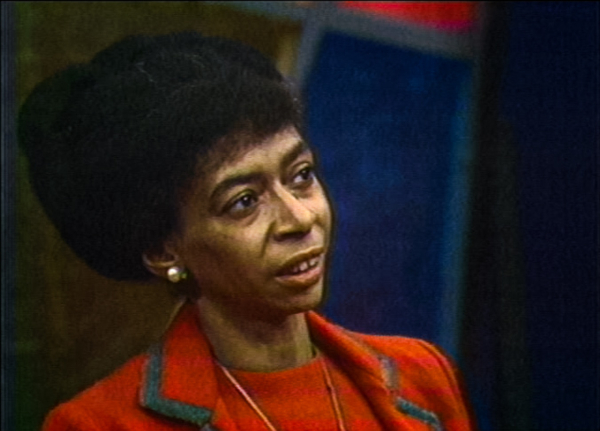
With Input, Marion recognized television’s paradoxical power to promote civic discourse and persuade public opinion. In the episode The Anatomy of the Unknown. Part 4 – Mind Over Matter, she warned, “Material things do influence our emotions, and we do react in an emotional way to various symbols, colors, and so on. And some of these things are chosen. They’re decided by somebody… They’re part of the universe that affects mood and personality. But the more you know what is affecting you, the more then you can begin to affect yourself.”
Ten years later, Marion’s preoccupation with the media’s psychological controls became the focus of her monumental life’s work: making recordings of television broadcasts 24 hours a day, on multiple networks, for more than 30 years. It started in 1979, with the Iranian Hostage Crisis. This 444-day news event had the dramatic arcs and subplots of a daily soap opera, and Marion was rightly concerned that important information was being lost. So she hit record, and she didn’t stop until the day she died, December 14, 2012, as the Sandy Hook massacre played out on all the TV networks.
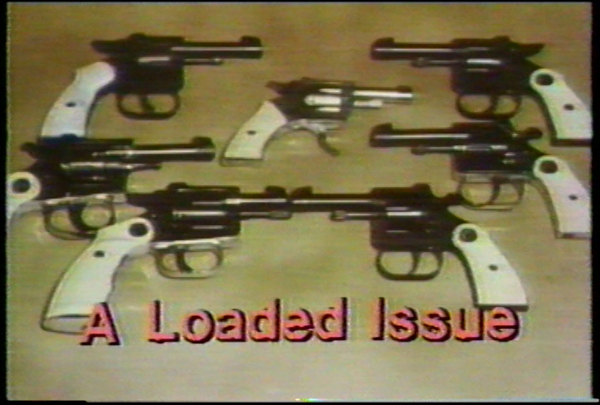
My documentary film Recorder investigates Marion’s mysterious life, her political convictions, and her decades-long mission to protect the truth. During her lifetime, many people considered her project merely the hoarding obsession of a pathological amateur historian. Others realized her recordings were a prescient gift to the future.
While the networks carelessly discarded their archives into the trashcan of history, Marion privately amassed an unprecedented secret archive of American life as depicted on television. She filled more than 70,000 Betamax and VHS tapes, capturing not only epoch-defining news but also commercials, talk shows, public-service announcements, sitcoms, cartoons, interstitial graphics, and esoteric human-interest reports.
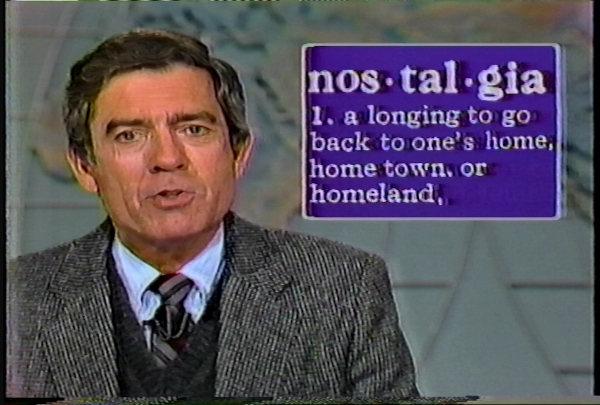
Her archive was the source and the inspiration for this book – a stream of signs, symbols, faces, and typography that have shaped our unconscious values, tastes, beliefs, and aspirations. These still frames capture the texture of the recent past and resurrect ghosts from the deluge of media that washes over us.
I was particularly intrigued by one marginal figure from Marion’s tapes: Bruce Elliott, President of the Anti-Nostalgia Association for the Advancement of Time. This uptight collegiate pundit would have been a perfect commentator on Input’s futurism episode. In 1989, prompted by Bryant Gumbel on the Today show, Elliott explained, “So much of contemporary culture is devoted to regurgitating the past so it obscures our vision of the future.”
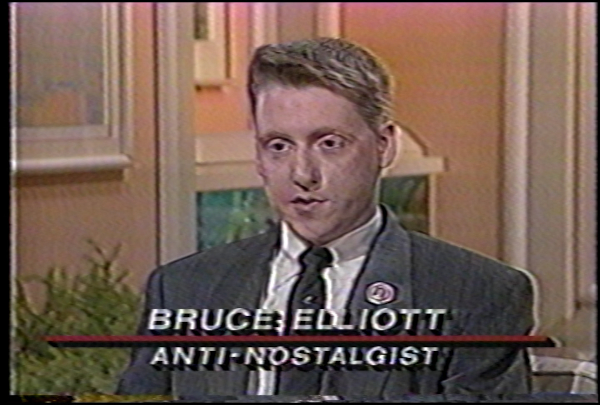
Marion once said on Input, “Many people have prophetic dreams, know that the things that they dream about happen and tend to disregard somebody who will tell them that intellectually you’re just having a hallucination, or you’re having a neurotic seizure of some kind.” Indeed, she saw the future. We lived through an era of so-called fake news, with the truth perpetually distorted by ideological cable outlets and a reality-television autocrat. Marion’s archive tracks the evolution of this contemporary political crisis while also, undoubtedly, pointing to an uncertain future.
Recently I went searching for Bruce Elliott, hoping to ask him what insights he had gained from his staunch rejection of the past and whether he prophesied anything unique about the present moment. Alas, public records and social media yielded no results. Like most things on television, Bruce and the anti-nostalgists have disappeared.




